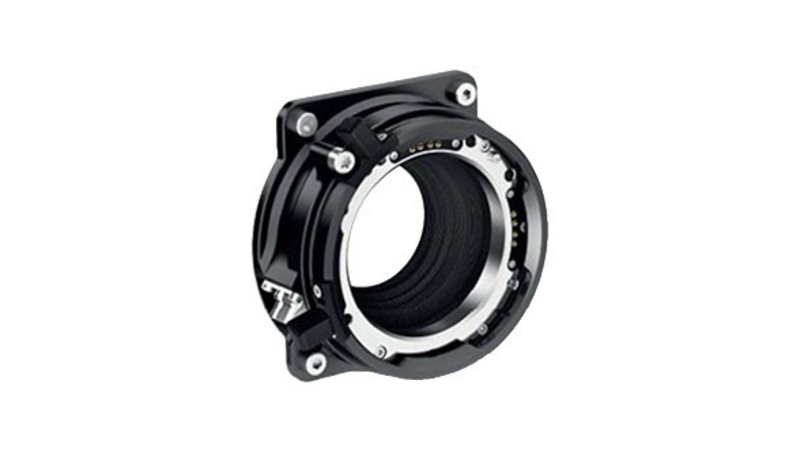Types of ARRI PL Mounts 2/10/2022, 12:00:00 AM

PL (1980): PL, short for positive lock, is the most common mount used for lenses in the world of cinematography. The greater diameter allows for lenses with substantially larger rear optical elements thus opening the door to modern, high speed lens designs. Flange Focal Depth: 52mm, Inside Diameter of Mount: 54mm.
MAXI PL (1989): In 1989 a larger PL version has been invented for the ARRIFLEX 765, the Maxi PL which had a 12 mm larger diameter to match 65 mm film. By creating a fixed link between lens and sensor, a super stable flange focal depth is ensured — even if strong mechanical influences are applied to the lens mount, such as when a heavy zoom lens is not properly supported. Using stainless steel ensures minimum material expansion or contraction during temperature changes. Flange Focal Depth: 73,5mm, Inside Diameter of Mount: 64mm.
XPL (2015): In 2015, the XPL mount was introduced with the ALEXA 65, a mount even larger than Maxi PL designed to cover lenses for this camera. (XPL: 72 mm diameter). Flange Focal Depth: 60mm, Inside Diameter of Mount: 72mm.
LPL (2018): In 2018, ARRI introduced the LPL mount alongside with ALEXA LF to offer a proper mount for large format (or “full frame”) camera systems. Is the first universal lens mount designed specifically for digital capture. To guarantee the highest performance across the image, light should strike the sensor at as close to perpendicular as possible. A lens that delivers such an image is called “telecentric.” This can only be achieved if a lens’s rear element is as large as the sensor that it illuminates, which is more often the case with the LPL mount.
Lens design for cameras without mechanical shutter. Is possible to use an adapter to PL. Flange Focal Depth: 44mm, Inside Diameter of Mount: 62mm.
Copyright © Cinelenses S.L 2025.




